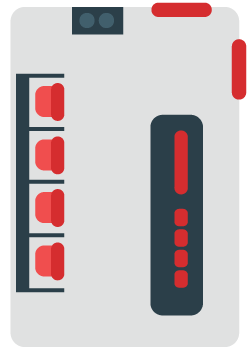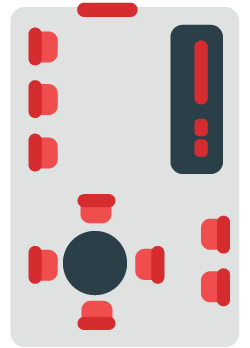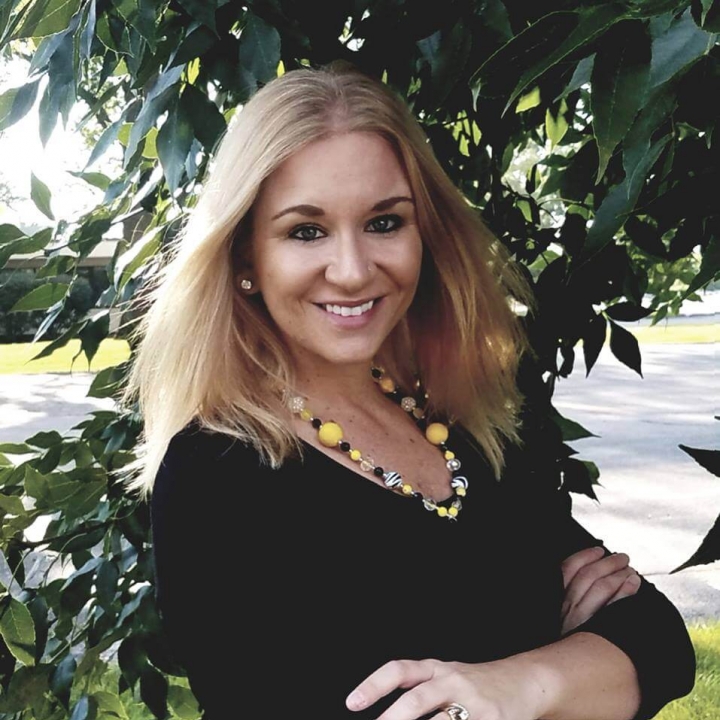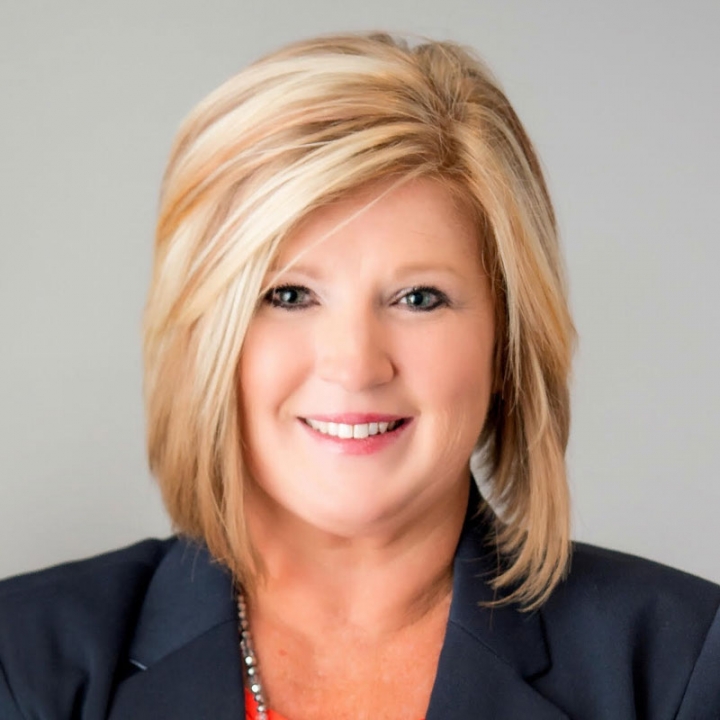Where there is breath, there is hope
What does an SCS look like?

1. Reception
This is the entry point of the SCS where participants are welcomed. Here they provide their name or anonymous handle and are then placed on a waiting list for the injection room by the receptionist. They can also make appointments to see the nurse or counselor.
2. Waiting Area
Participants then proceed to the waiting area. When a booth opens up in the injection room a staff member will then call in the next participant on the list.


3. Injection Room
Once in the injection room, participants let the staff member know what drug they are using, and are then told which booth is available. There is a sink to wash their hands so they can avoid infections and a nursing station that provides them with clean sterile equipment.
While injecting in their booth, participants are monitored by the staff and nurses so they may intervene in the event of an overdose or provide safer injection education.
4. Clinic
Here participants can receive care, treatment and support for health issues and concerns, as well as education on how to reduce the harm from injection drug use.


5. Counseling and Support Offices
Here participants may meet with counselors, seek detox and treatment options, or other referrals to services, such as housing and mental health services.
6. Chill Lounge
Here participants can stay as long as they need until they feel safe enough to go outside. At InSite, this area is staffed by peers who are active and former drug users. They provide participants with coffee and juice as well as helpful information about community services, shelters and meal providers in the community.

7. Detox and supportive housing
InSite also provides detox (2nd floor) and supportive housing for those seeking treatment (3rd floor). This allows participants to avoid long waiting lists and get more immediate access to treatment when they are ready. In the spirit of integrated care, King County currently has plans to make buprenorphine available in proposed SCSs.
What is the evidence?
SCS offer a doorway to recovery
Relationship and community are central to recovery. Safe consumption spaces allow people who inject drugs to build trusted relationships with providers and community health workers in a stigma-free environment. Through SCSs, care providers can walk alongside people who inject drugs and be there when they’re ready to make a change. Studies have shown participants of SCSs are more likely to enter detox and treatment services.
SCS Cost Less
Addiction and drug use weighs heavily on society and the system. Safe consumption spaces have been proven to reduce that burden and save tax payers money. North America’s only safe injection site saves tax payers 6 million dollars a year based on a cost-benefit analysis funded by the Conservative Government of Canada. In the United States, separate studies projected saving tax payers 3.5 million dollars a year in San Francisco and 6 million dollars a year in Baltimore by having safe consumption spaces in each city.
SCS Make Communities Safer By:
- Discarded syringes on the street
- Public drug use
- Overdose death
- The spread of HIV and hepatitis C
- Costs to the criminal justice system
SCS Myths & Facts
Myth
Safe consumption spaces cost too much.
Myth
The studies on supervised consumption sites are flawed.
Fact
Studies and articles written about the benefits of safe consumption spaces are peer-reviewed, meaning these articles are written by experts and are reviewed by several other experts in the field before the article is published in the journal in order to ensure the article’s accuracy.
Reports written against safe consumption spaces are heavily flawed, not peer-reviewed and often funded by those ideologically opposed to safe consumption spaces. You can read an article about it here.
Myth
Vancouver’s overdose death rates have risen.
Fact
InSite is still saving lives. There has been a tragic increase in Vancouver’s overdose death rates recently due to Fentanyl. All of these deaths have occurred outside of InSite and despite an increase in overdose interventions at InSite there has still been zero deaths.
To address the opioid epidemic in Canada and due to the proven success of InSite, there have now been several more safe consumption spaces opened in Vancouver and across Canada.
Myth
Supervised consumption spaces make it easier for people to get drugs.
Fact
Safe consumption spaces do not provide illegal drugs to users or promote drug use in any way. An SCS is a safe and clean place for people to use the drugs they have in the presence of a trained health-care provider.
Further Reading
- Another senseless death– the case for supervised injection facilities, The New England Journal of Medicine
- A qualitative study of how Danish drug consumption rooms influence health and well-being among people who use drugs, Harm Reduction Journal
- Reduction in overdose mortality after the opening of North America’s first medically supervised safer injecting facility: a retrospective population-based study, The Lancet
- Attendance and Detoxification, The New England Journal of Medicine
- Interest in a Safe Injection Facility Among Injection Drug Users in King County, WA, University of Washington Department of Health Services
- Mitigating the heroin crisis in Baltimore, MD, USA: a cost-benefit analysis of a hypothetical supervised injection facility, Harm Reduction Journal
- A Cost-Benefit Analysis of a Potential Supervised Injection Facility in San Francisco, California, USA, Journal of Drug Issues
- The Potential Role for Supervised Injection Facilities in Canada’s Largest City, Toronto, International Criminal Justice Review
- A cost-benefit/cost-effectiveness analysis of proposed supervised injection facilities in Montreal, Canada, Substance Abuse Treatment Prevention & Policy
- An overview of drug consumption rooms, Human Rights Review
- Increased Use of Addiction Treatment, Society for the Study of Addiction
- Supervised Injection Facilities Can Help People Quit Drugs, Drugs & Alcohol Dependence
- Impact on Drug-Use Patterns, British Medical Journal
- Supervised injection facilities as a cost-effective intervention, Addiction
- Potential role of safer injection facilities in reducing HIV and hepatitis C infections and overdose mortality in the United States, Drug & Alcohol Dependence
- The Sydney Medically Supervised Injecting Centre: reducing harm associated with heroin overdose, Critical Public Health
- Culture Change Case Study, International Journal of Drug Policy
- Barcelona’s Safe Injection Facility, Journal of Drug Issues
- Drug Consumption Rooms: Time to Accept their Worth, Addiction
- Exploring the role of an unsanctioned, supervised peer driven injection facility in reducing HIV and hepatitis C infections in people that require assistance during injection, Health & Justice
- Evidence for Action: A critical tool for guiding policies and programmes for HIV prevention, treatment and care among injecting drug users, The International Journal of Drug Policy
- Out of the Alley: Lessons from Safe Injection Facilities, La Salle University Graduate Annual
- Drug consumption facilities in Europe and the establishment of supervised injecting centres in Australia, Harm Reduction Digest
- Independent Drug Commission for Brighton & Hove, Brighton & Hove
- Insite Shown To Be Effective But Still Under Siege By Federal Government, Canadian Medical Association Journal
- The Middle of a Crossfire: Drug Policies and Injection Drug Users During the HIV/AIDS Epidemic, University of Kansas Department of Political Science
- Syringe Sharing, The Lancet
- Economic Evaluation of the Medically Supervised Injection Centre at Kings Cross (MSIC), SAHA NSW Health
- Federalism, Policy Learning and Local Innovation in Public Health: The Case of the Supervised Injection Facility, St. Louis University Law Journal
- Attendance, drug use patterns, and referrals, Drug & Alcohol Dependence
- European Report on Drug Consumption Rooms, European Monitoring Centre for Drugs & Addiction
- The Law (and Politics) of Safe Injection Facilities in the United States, American Journal of Public Health
- Evaluation Methodology, Harm Reduction Journal
- Rationale for Evaluation, The Lancet Infectious Diseases
- The Report of the Independent Working Group on Drug Consumption Rooms, Joseph Rowntree Foundation
- Acceptability of a safer injection facility among injection drug users in San Francisco, Drug & Alcohol Dependence
- Changes in Public Order, Canadian Medical Association Journal
- Safer Injection Sites in New York City: A Utilization Survey of Injection Drug Users, Journal of Drug Issues
- Impact on Drug Related Crime, Substance Abuse Treatment, Prevention, & Policy
- A qualitative study of how Danish drug consumption rooms influence health and well-being among people who use drugs, Harm Reduction Journal
- The narrative of evaluations: medically supervised injecting centers, Contemporary Drug Problems
- Attraction of Higher-Risk Injection Users, American Journal of Preventative Medicine
- Health Interventions for People who are Homeless, The Lancet
- Service Uptake, American Journal of Public Health
- Syringe Sharing Factors, American Journal of Infectious Diseases
- The cost-effectiveness of Vancouver’s supervised injection facility, Canadian Medical Journal
- HIV Education, International Journal of Drug Policy
- Preventing Overdose Deaths, International Journal of Drug Policy
- Changing Injecting Practices, Journal of Public Health
- SIS Evaluation Review, Canadian Medical Association Journal
- Final report of the evaluation of the Sydney Medically Supervised Injecting Centre, MSIC Evaluation Committee
- InSite addresses street-based violence against women and survival sex trade workers, Social Science & Medicine
- The cost of inaction on HIV transmission among injection drug users and the potential for effective interventions, Journal of Urban Health
- Sydney Medically Supervised Centre evaluation report no. 4: evaluation of service operation and OD-related events, National Centre in HIV Epidemiology & Clinical Research
- Preventing HIV/AIDS, Harm Reduction Journal
The content of this page has been adapted from Yes to SCS, a campaign to establish safe consumption spaces in Seattle, WA.






